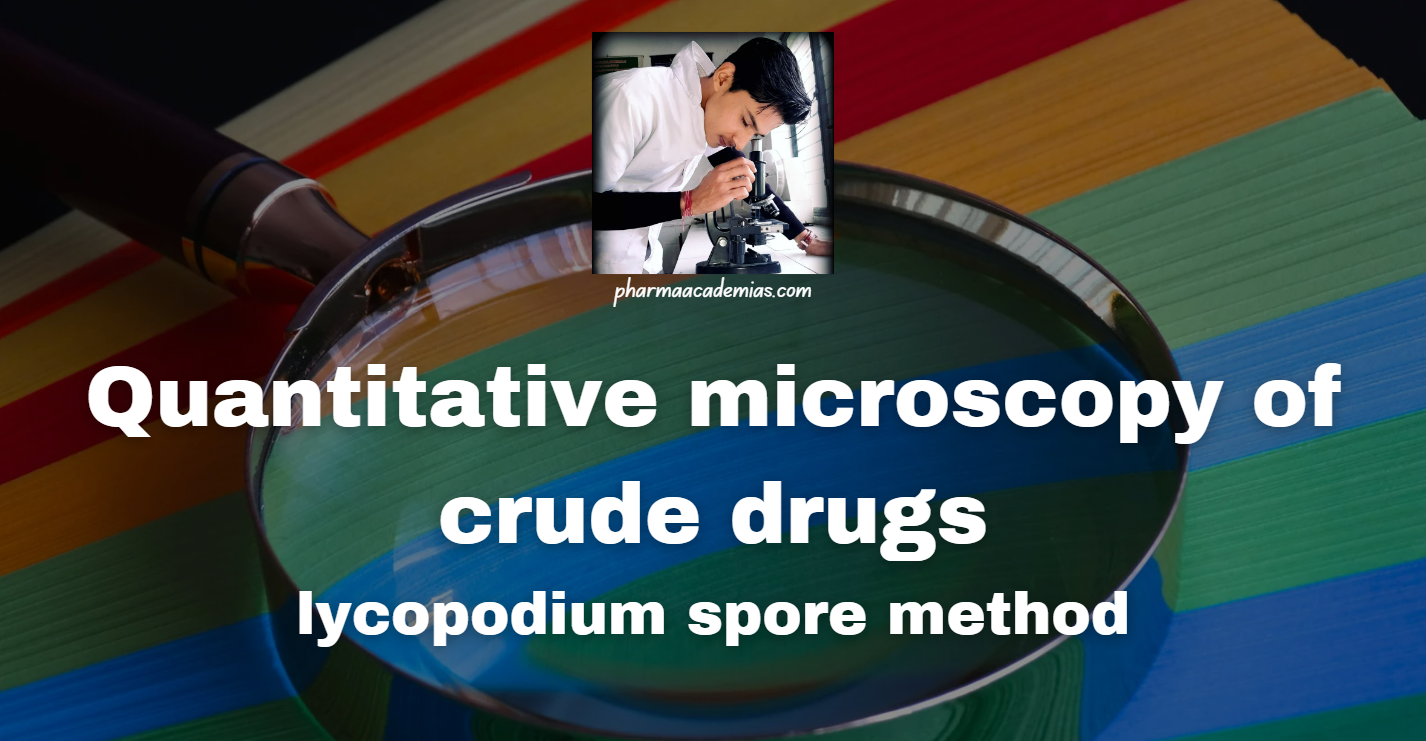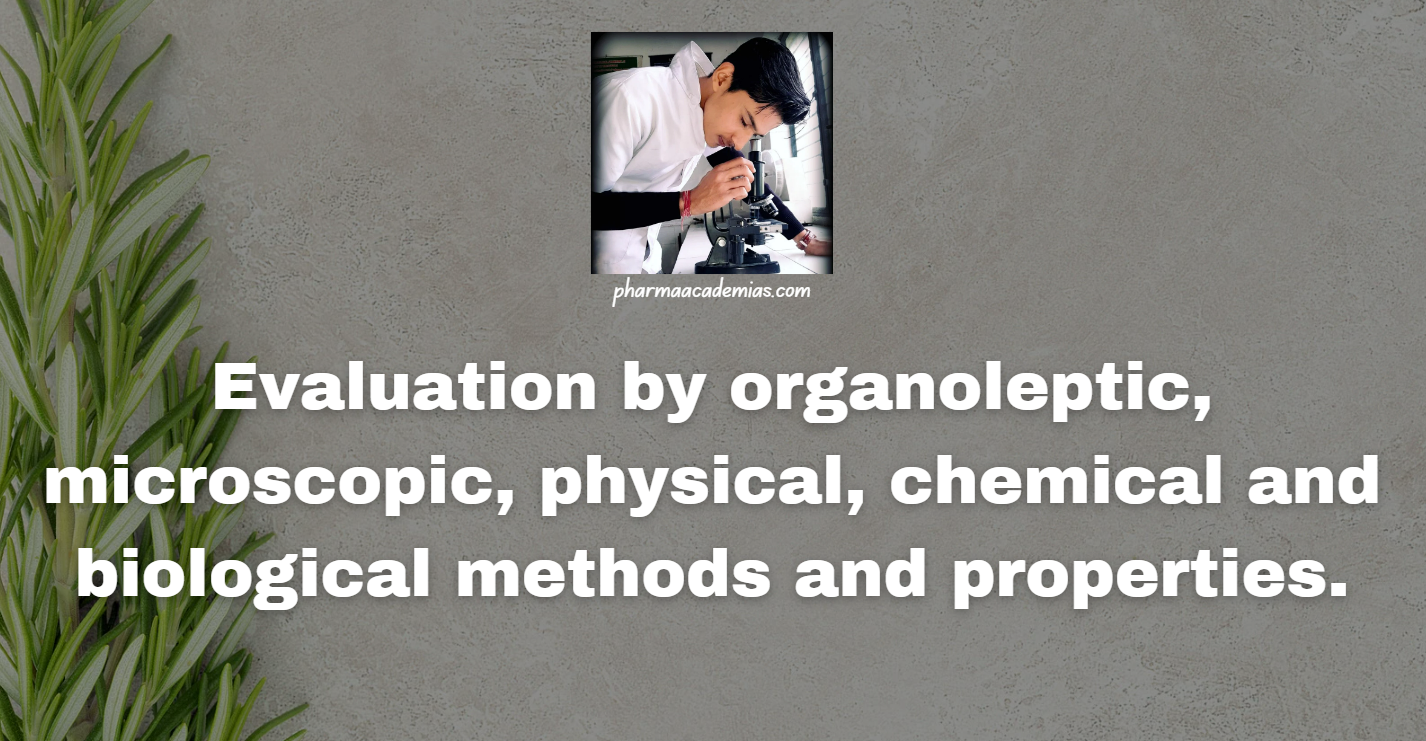Introduction: Glycine is the simplest amino acid in terms of structure and is one of the 20 amino acids that serve as the building blocks of proteins. In addition to its role in protein synthesis, glycine functions as a neurotransmitter and plays important roles in various physiological processes throughout the …
Glutamate: Introduction, Structure, Synthesis and Functions etc.
Glutamate is one of the most abundant and important neurotransmitters in the central nervous system (CNS). It is an amino acid that serves as the primary excitatory neurotransmitter in the brain, playing crucial roles in synaptic transmission, neuronal development, and brain function. Chemical Structure: Glutamate is an α-amino acid with …
Gamma-aminobutyric acid (GABA): Introduction, Structure, Synthesis and Functions etc.
Gamma-aminobutyric acid, commonly referred to as GABA, is the primary inhibitory neurotransmitter in the central nervous system (CNS) of mammals, including humans. It plays a crucial role in regulating neuronal excitability throughout the nervous system. Chemical Structure: GABA is a non-protein amino acid with the chemical formula C4H9NO2. Structurally, it …
Neurohumoral transmission in the central nervous system (CNS)
Neurohumoral transmission in the central nervous system (CNS) involves the communication between neurons and other cells (such as glial cells) through the release and reception of chemical messengers called neurotransmitters and neuromodulators. This intricate process is fundamental for various physiological functions, including sensory perception, motor control, cognition, and emotional regulation. …
Camera lucida and diagrams of microscopic objects to scale with camera lucida.
Quantitative microscopy of crude drugs involves the precise measurement and analysis of microscopic features of botanical materials to assess their quality, authenticity, and purity. The camera lucida method is an essential tool in this process, allowing for the accurate projection and tracing of microscopic images onto paper, which facilitates the …
Quantitative microscopy of crude drugs: leaf constant method
Quantitative microscopy of crude drugs, specifically employing the leaf constant method, is a valuable technique used in pharmaceutical analysis to assess the botanical identity, authenticity, and quality of herbal medicines and natural products. The leaf constant method involves the measurement and analysis of specific leaf parameters, such as stomatal length, …
Quantitative microscopy of crude drugs: lycopodium spore method
Quantitative microscopy of crude drugs, particularly using the lycopodium spore method, is a valuable technique employed in pharmaceutical analysis to determine particle size distribution in powdered botanical materials. This method allows for the quantitative assessment of the size and size distribution of particles within a sample, which is crucial for …
Evaluation by organoleptic, microscopic, physical, chemical and biological methods and properties.
Evaluation by organoleptic, microscopic, physical, chemical, and biological methods and properties is a comprehensive approach used in the quality assessment of drugs, particularly those of natural origin. These methods involve the assessment of various characteristics, ranging from sensory properties to biochemical composition, to ensure the identity, purity, and quality of …
Quality control of drugs of natural origin
Quality control of drugs of natural origin is essential to ensure their safety, efficacy, and consistency. Natural drugs, derived from plants, animals, fungi, or minerals, are susceptible to adulteration, contamination, and variability in composition due to factors such as environmental conditions, harvesting methods, and processing techniques. Let’s explore a detailed …









